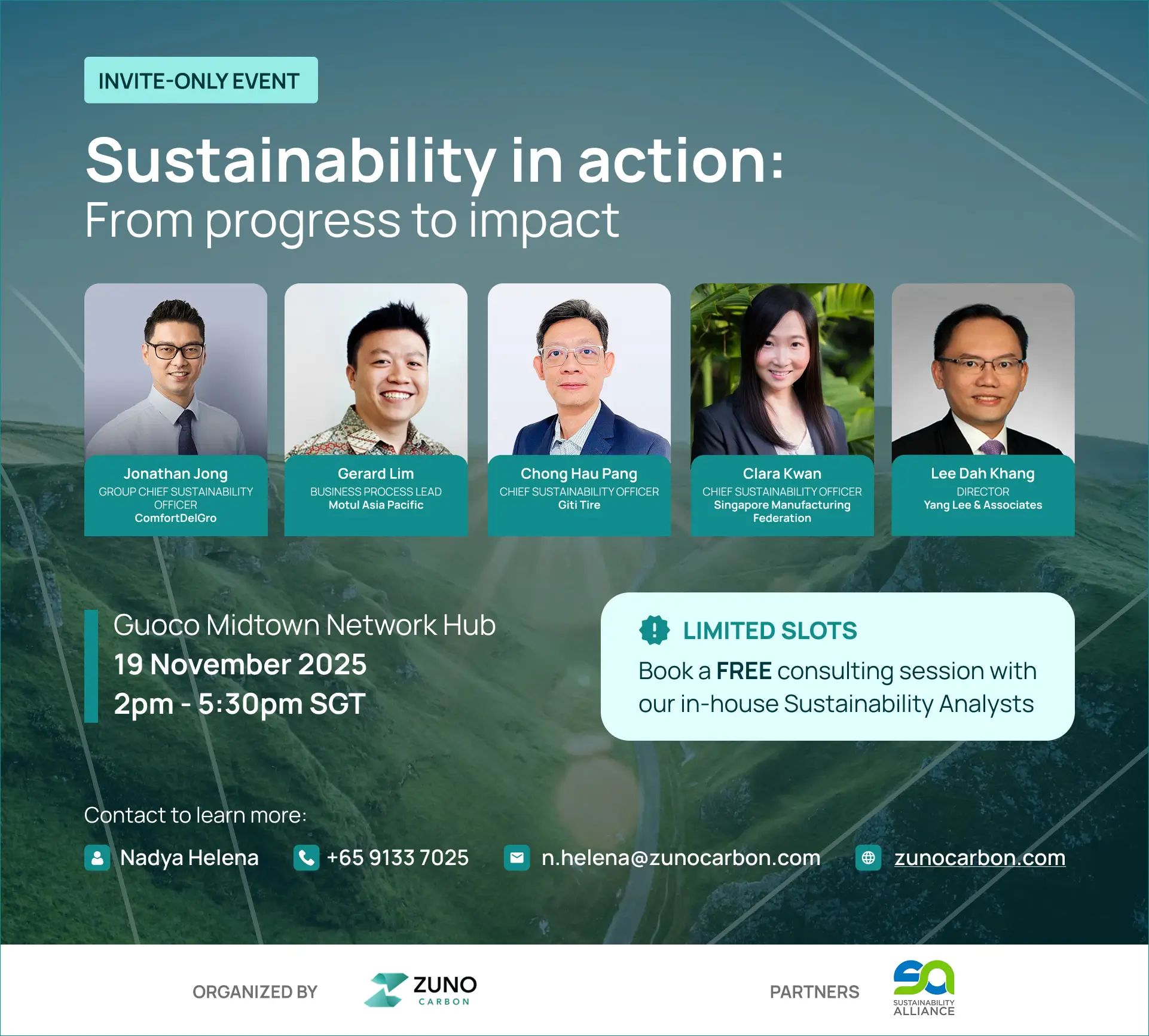Tourism is one of the fastest-growing economic sectors of the world. It accounts for a total of around 10% of global GDP. While tourism brings excellent benefits to a destination, it does put significant pressure on the environment. It can be a source of environmental damage and pollution and cause negative impacts on society. For these reasons, we must ensure it is well planned, managed and sustainable.
In this article, we will learn more about sustainable tourism and its challenges. We will also understand how it is a perfect vehicle to foster economic and social growth.
What is sustainable tourism?
Sustainable tourism is a type of tourism that prioritizes:
- Long-term environmental protection
- Cultural preservation
- Community well-being
By doing so, it reduces the negative impacts on the places you visit and contributes to their overall development. It also improves the economic and cultural state of the destination while offering authentic travel experiences to the visitors.
There are five key pillars of sustainable tourism, namely -
- Tourism Policy and Governance that focuses on strong governance to ensure tourism is managed responsibly.
- Trade, Investment, Data, and Competitiveness that encourages responsible investment and data to drive a sustainable global economy.
- Employment, Decent Work, and Capacity Building to create jobs in tourism and offer fair employment.
- Poverty Reduction and Social Inclusion for reducing poverty and empowering marginalized groups.
- Sustainability of Natural and Cultural Environment to protect ecosystems, biodiversity, and cultural heritage of the destination.
Sustainable tourism and regenerative tourism are interrelated. The former minimizes the harm done to the environment while the later restores and improves these environments. Both of them together ensure they build a culture of respectful travel.
Let us now understand why it is important to have this sustainable tourism approach in the first place.
Understanding the impact of tourism on the environment
Tourism development often puts pressure on natural resources through over-consumption. It can gradually destroy the biodiversity and ecological balance in that area. Most tourism developers find sensitive ecosystems to be a treasure for promoting tourist activities. For example, rainforests, mangroves, coral reefs, and alpine regions. This is because tourists today wish to stay in close contact with nature's wonders. Although they come to admire the place, these places are destroyed due to extensive urbanization, littering and pollution.
Some of these key environmental issues are:
Greenhouse gas emissions
Air travel and transportation in tourism contribute significantly to global carbon emissions. This is followed by construction processes, facilities consumption, and other sorts of activities carried out to address the needs of the visitors. In fact transport related global emissions from tourism are expected to rise by 25% by 2030. This increase poses a serious risk to the global efforts to combat climate change.
Lodging
Accommodation is next in line to contribute to the environmental impact. For example, hotels, homestays, and rental homes. They rely on heating and air conditioning systems to deliver a pleasant experience to visitors thus, generating large amounts of carbon emissions. Similarly, water heaters, lighting systems, laundry machines, and other equipment contribute to the same, but in lower amounts.
Overuse of water
Water consumption is usually higher in tourist destinations. Hotels, swimming pools, spas, golf courses, and other recreational activities use far more water than the local population. This overuse can create severe stress on water resources.It can also impact ecosystems, causing shortages and degradation of water resources. This water shortage affects the local residents badly. Most of the time, groundwater is overdrawn by hotels, which creates many problems for residents as they struggle to have water for meeting their daily needs. Tourism and agriculture often compete for water in such areas.
Habitat destruction
Natural environments and wildlife habitats are often cleared to make way for resorts, roads, and other tourist attractions. This disturbs the ecological balance as these lands are often rich in wildlife, fertile soil, fossil fuels, and vital minerals. It puts pressure on these resources, resulting in the loss of biodiversity and the displacement of indigenous flora and fauna. It also contributes to carbon emissions as deforestation eliminates carbon-sequestering trees.
Furthermore, land development often involves the removal of vegetation and alteration of the natural landscape, which can increase soil erosion.
Waste management issues
Overtourism is often associated with higher waste generation. In fact, studies have revealed that tourists produce up to 2x the waste as compared to local residents. This generally includes plastic bottles, packaging, food waste, and untreated sewage.
For instance, food waste is generated in large quantities in hotels offering buffets or restaurants serving oversized food portions. This means that the production process that was undertaken to bring this food from farm to table, and which generated carbon emissions, was futile. When decomposed, this waste creates methane that is 21 times more harmful than carbon dioxide. Thus, leading to pollution of land and water bodies that can have a detrimental effect on local people and wildlife.
Pollution
Tourism leads to increased pollution, particularly water, noise, and air pollution. For instance, the emissions from airplanes and automobiles are the major sources of air pollution. Similarly, activities such as boating, off-roading, and other recreational activities increase the chances of air pollution. The noise from vehicles and recreational activities can distress wildlife and alter their day-to-day life.
Furthermore, the quality of water is also adversely affected by tourism. Wastewater from restaurants, hotels, and other touristy places can contain harmful substances. If left untreated, these substances can end up polluting local rivers, lakes, or seas.

3 proven tactics to prevent unsustainable tourism
The environmental footprint of tourism is becoming increasingly significant. Here are a few strategies to make tourism both sustainable and successful.
Eliminating mass tourism
Overtourism puts a strain on infrastructure and impacts the local culture. Many destinations are implementing strategic initiatives to manage the number of visitors and promote sustainable travel behavior. For example, Venice has introduced a daytripper tourist fee to manage the tourist influx and preserve its heritage. Similarly, Machu Picchu in Peru has introduced timed-entry tickets and limited daily visitor numbers to reduce foot traffic on ancient ruins and protect cultural heritage.
Promoting eco-tourism
Destinations are offering travel experiences that support nature, protect biodiversity, and benefit local communities. For example, Bhutan has centered its entire tourism strategy around ecotourism. It focuses on attracting fewer but more mindful travelers. Tourists have to pay a daily Sustainable Development Fee that is currently $100 per person. This money goes directly toward conservation efforts, community projects, and maintaining the country's pristine environment. It aims to reduce the negative footprint of travel.
Dispersing tourism to lesser-known destinations
Many countries are encouraging tourists to visit lesser-known destinations to relieve pressure on overburdened sites. This helps promote lesser-known areas that may benefit from tourism-related income. For example, Slovenia is promoting its rural and offbeat locations rather than its capital, Ljubljana, and Lake Bled. Travelers are encouraged to explore natural parks, vineyards, and sustainable farm stays across the country via its regional rail passes and thematic travel campaigns.
Singapore’s sustainable tourism strategy
Singapore ties all these approaches together through its three key strategic pillars for sustainable tourism. The Singapore Tourism Board (STB) has developed a vision for promoting sustainable tourism and supporting the Singapore Green Plan 2030.
- Becoming a sustainable urban destination
STB encourages businesses to pursue eco-certifications and adopt energy-efficient practices.
- Building a sustainable tourism sector
STB encourages businesses to implement innovative technology solutions to build amore sustainable tourism landscape. It also wants businesses to invest in developing sustainability-related capabilities in their workforce.
- Showcasing Singapore as a sustainable urban destination
STB has developed strategic roadmaps to showcase its commitment towards achieving amore sustainable future for its tourism sector. It is taking active efforts in establishing the country as the best sustainable urban destination via stories and experiences.
.webp)
Top tips for companies in the tourism sector
Sustainable tourism does not happen on its own. Companies need to put in consistent efforts to minimize the impact on the environment and culture. Here are some tips for mitigating these environmental impacts and helping you with better tourism planning.
Explore alternative tourism types
Promote alternative forms of tourism like eco-tourism, adventure tourism, and community-based tourism. This will minimize overcrowding and reduce waste generation. It will also engage tourists with local culture and nature in a way that is aligned with sustainable practices.
Design low-impact travel itineraries
Offer travel packages that avoid overcrowded destinations and environmentally sensitive zones. Promote the idea of slow travel among visitors to encourage them to stay longer in one location rather than hopping from city to city or country to country.
Encourage off-peak travel
Offer discounts, added experiences, or other incentives to travelers for traveling in the off-season. Promote alternative travel places that offer unique offerings for each season. For example, blooming flowers, wildlife activity, or harvest festivals.
Invest in sustainable resource management
Recycle water and use water-efficient irrigation systems to reduce the overall consumption of water. Use renewable sources of energy like solar power and invest in energy-saving infrastructure to boost energy efficiency. Implement effective waste management systems and strategies like composting organic waste for waste reduction.
Educate guests
Inform visitors about the impact of their actions to encourage more mindful behavior. Educate them about the environmental importance of the destinations they are visiting. This will reduce the disturbances they can create and promote responsible behavior.
Support local communities
Educate visitors about local cultures and customs to ensure tourism does not impact the thoughts and beliefs of local communities. Create opportunities for locals via business opportunities and jobs and boost their income. Incentivize historical sites, native monuments, and places of cultural heritage to encourage interaction between locals and tourists and facilitate harmonious relationships among them.
Undertake carbon accounting
Invest in a carbon accounting system to measure, reduce, and offset your carbon emissions. Identify these emission sources via specialized tools and convert the raw data into quantifiable figures for better interpretation. Set clear emissions reduction targets and sustainability goals to track and reduce emissions effectively.
.webp)
In conclusion, the need for sustainable tourism becomes all the more necessary considering the rapidly growing tourism industry. To reduce your environmental footprint as a company, make sure to invest in the sustainable tourism strategies we mentioned in this article.
If you are looking for a solution to manage your carbon footprint, Zuno Carbon is the best tool for you. Zuno Carbon is an all-in-one ESG solution to track, measure, and decrease your carbon footprint. It helps you identify your emission hotspots to optimize your energy usage. With its AI-driven tools, you can accurately capture the right data to report your ESG and sustainability performance and decarbonize your value chains.
Book a demo with Zuno Carbon today and take your steps towards net-zero.
.webp)
Frequently Asked Questions (FAQs)
What are the challenges of sustainability in the tourism sector?
Some of the challenges of sustainability in the tourism sector include:
- Poor understanding of the concept of sustainability
- Overtourism
- Environmental pollution
- High energy consumption
- Excessive waste generation
What is the meaning of eco-tourism?
Ecotourism means traveling to natural areas while conserving the environment and supporting the well-being of the local communities. It ensures that negative impacts of traveling are minimized as much as possible.
Is there sustainable tourism inSingapore?
Yes,Singapore is actively promoting sustainable tourism through its well-developed sustainability roadmaps and strategies. The STB aims to make Singapore a City in Nature where amazing touristic experiences are delivered with a small environmental footprint.
-

.webp)


.webp)
.webp)
.webp)




